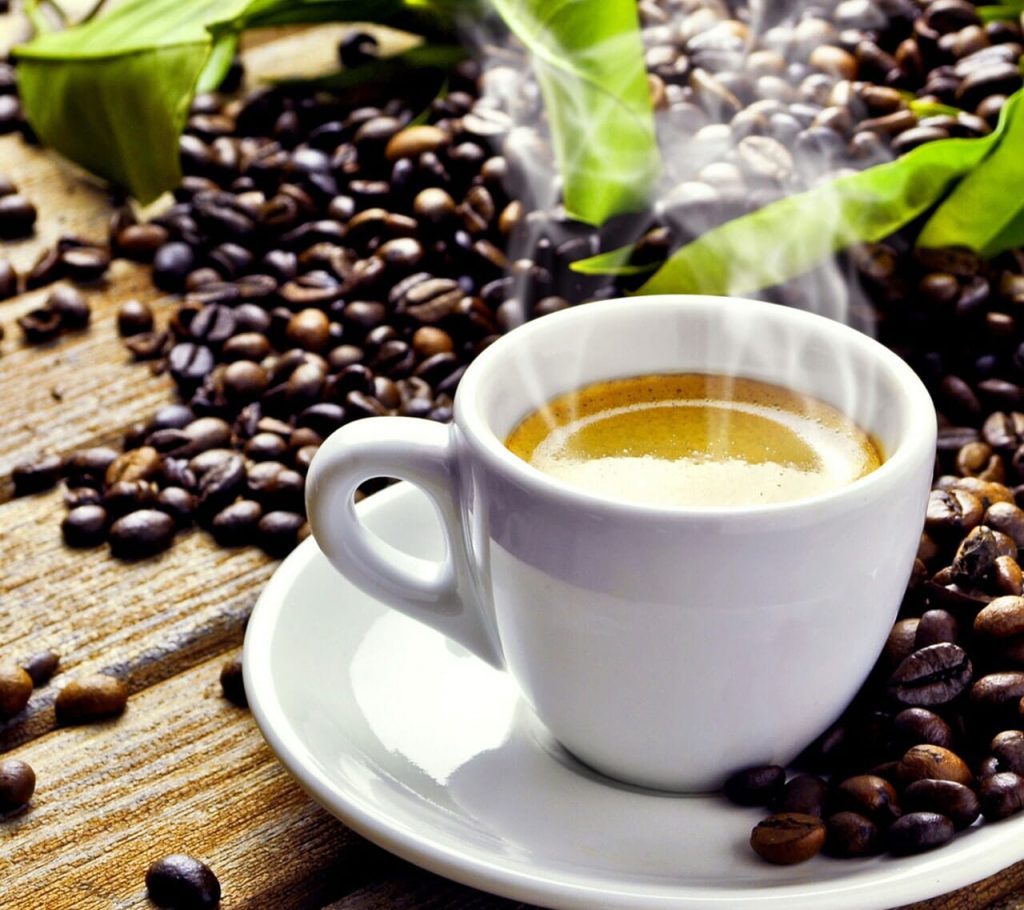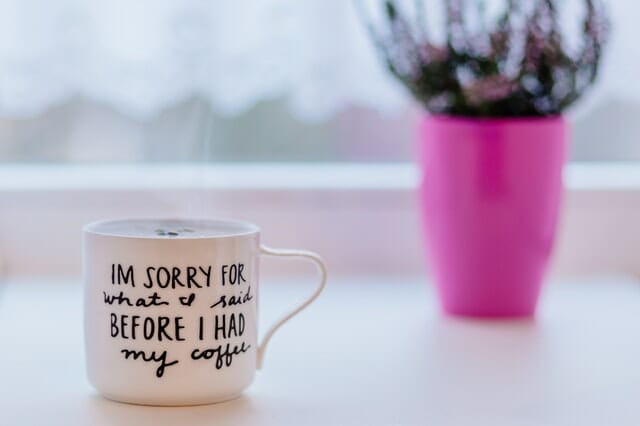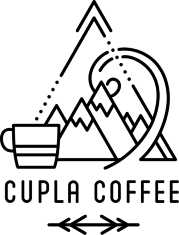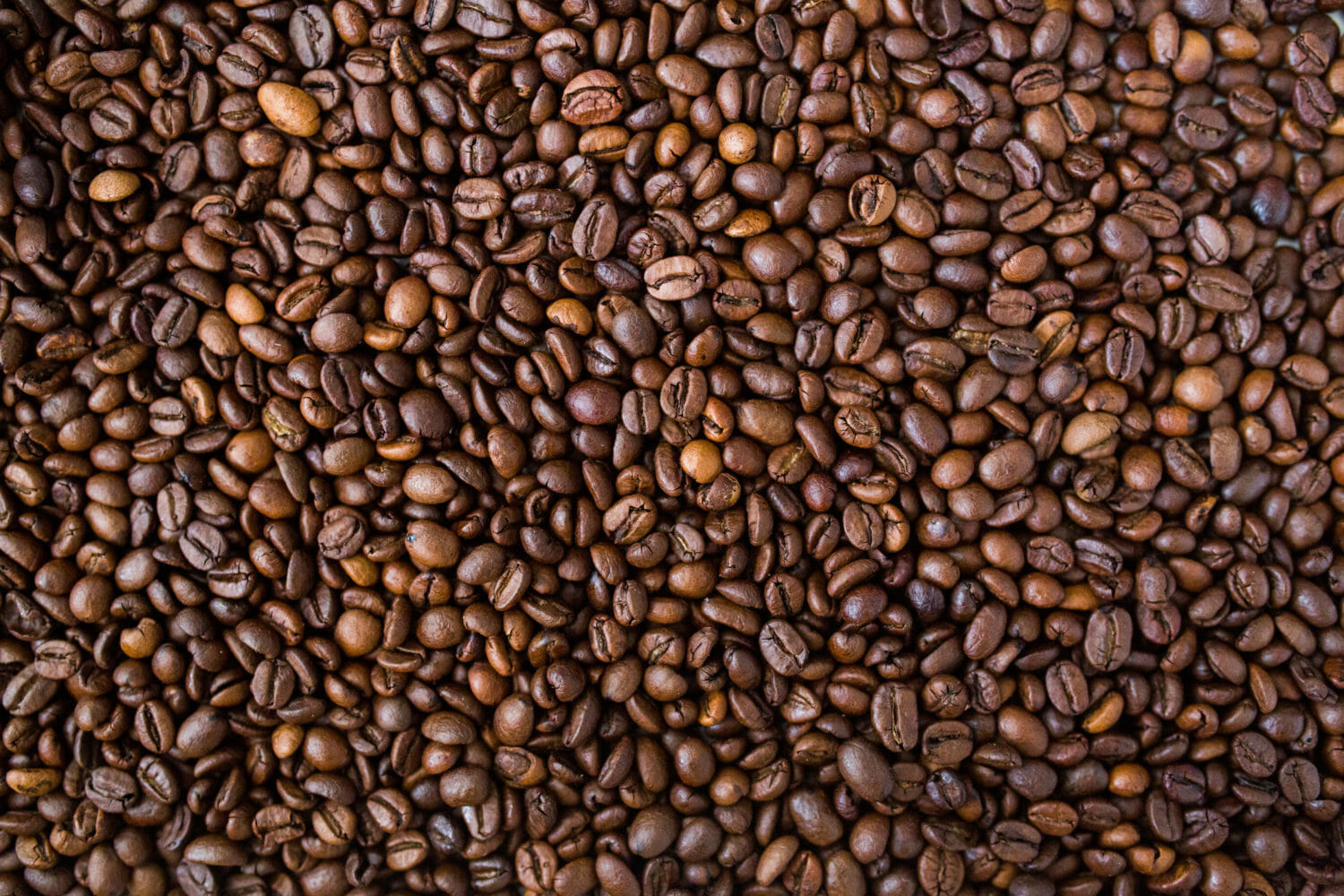Here at Cupla Coffee we take our coffee seriously. One question we often receive is what types of coffee is going to get me the most (or in some cases the least!) caffeine? Of course, there are plenty of reasons to drink coffee besides caffeine; the smell, taste, it goes great with fresh baked pastries, but it’s always good to be aware of where on the caffeine spectrum your cup of coffee falls. Who knows, after reading this you might be inclined to change your regular order.
What contributes to the caffeine content in coffee? There are really 3 foundational factors that are going to contribute to the caffeine content in your coffee.
What types of beans you use.
There are 4 main species of coffee beans:
Arabica
Robusta
Excelsa
Liberica

With Liberica beans being virtually extinct in their pure form, and Excelsa beans account for 7% of the world’s production, you are almost always going to be drinking either Arabica, Robusta, or a blend of the two.
Arabica beans are the most widely produced type of coffee and what you are normally being served at your average coffee chain. Arabica beans are naturally sweeter and lower in caffeine than Robusta, so they make for a smooth, drinkable cup of coffee.
Robusta beans can often have double the caffeine content than Arabica beans, but unfortunately, this has a big impact on the taste. Robusta usually has a bitter, almost rubbery taste compared to a smooth cup of Arabica. That being said, Robusta is still highly used in espresso blends and when blended with Arabica, especially in dark roasted blends.
Dark, Medium or Light Roast.
That brings us to factor number 2 of determining the caffeine amount in your cup of coffee, how long it is roasted for. Most people I speak to about this are typically under the impression that the darker the roast, the higher the caffeine content. While a darker roast will give you a more robust and flavorful coffee, it actually has the opposite effect when it comes to caffeine. Coffee Beans expand when heated, thus leaving darker beans to be slightly larger than lighter roasted beans, slightly offsetting the caffeine to weight ratio. The amount of caffeine between vary roasts is often negligible, but many espressos and Arabica/Robusta blends will use dark roasted beans, to try to dissipate the bitter taste of the overcaffeinated Robusta beans.
Brewing Method
Of course the final, and likely the most variable factor in determining your coffee’s caffeine level is going to be your brewing method. While the water to coffee ratio that you use is going to play a large factor in this, so is the amount of time it takes to brew your coffee. Put simply, the longer (or slower) you brew your coffee, the more the caffeine will be extracted from the beans into your brew. Well in theory at least.
There are 4 popular methods of brewing coffee these days:
Drip Coffee
French Press
Pour Over
Cold Brew
The clear winner if we were to measure these coffees in caffeine per ounce would be espresso, but who is going to drink 8 oz., and let’s be honest 16 or 20 oz. of espresso! Hopefully nobody for safety’s sake. That being said, a serving of espresso typically has less caffeine than your standard drip brew. Pour Over Coffee is actually one of the hardest to measure, mainly due to all of the human variables involved. Cold Brew and French Press also can run the range from lowest to highest depending on brew time, temperature of water, and coffee to bean ratio.
Sure when we are at the office or it’s free we may grab a Keurig, but we don’t need to get into that today. When it boils down to it, pretty much all of these methods are going to give you fairly similar levels of caffeine and finding what works for you from both a taste and awoke standpoint is what is the ultimate goal here.


